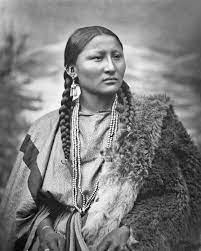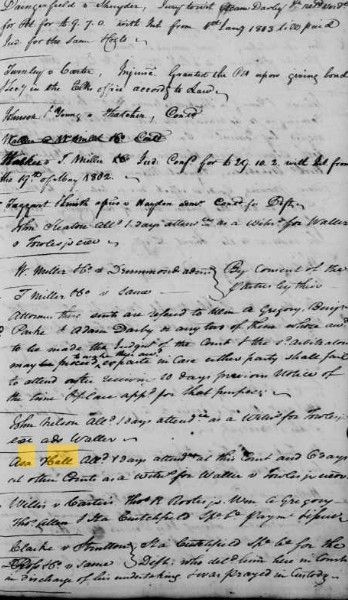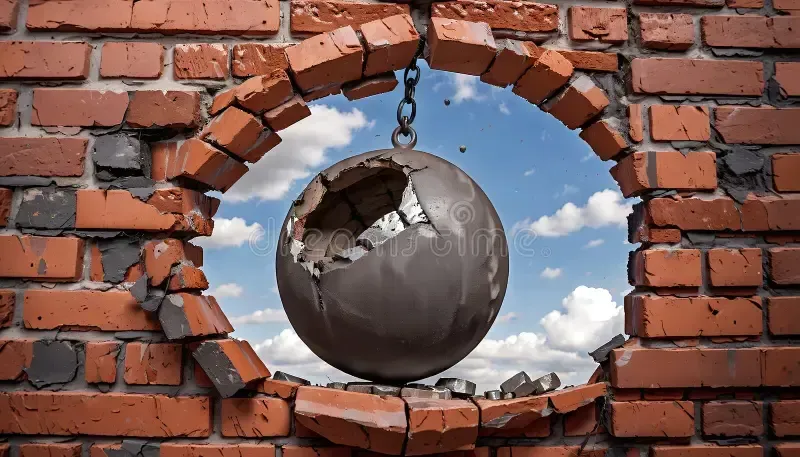Busting Common Genealogical Myths
Looking at Things that Derail True Research
1) Myth: My (fill in the number here) great-grandmother was a Cherokee Indian princess.
Reality: I cannot count the number of stories I have heard repeated about some distant ancestor whom someone’s grandmother or aunt or other relative told about being descended from a Cherokee Indian princess. The fact is that there was NO such thing as a Cherokee Indian princess, nor a king nor a queen nor a prince. There were indeed chiefs, though they were not kings. Their daughters were revered but were not called princesses. Here is a great link that explains this in further detail. http://www.native-languages.org/princess.htm I have at least 3 stories in various parts of my family about Cherokee Indian princesses yet my DNA results with several testing companies reveal absolutely NO native American ancestry. There were white men who married native American women but it was far more rare than portrayed in the media and family lore. Research into native American ancestry is very specialized and requires considerable skill using the appropriate resources.
2) Myth: My great-grandfather’s name was changed at Ellis Island.
Reality: There are passenger lists which were kept by employees of the steamships on which ancestors arrived. These lists were prepared at the point of departure and dutifully recorded the names and other vital information about the passengers. If a name was changed, it was done by the immigrant himself who often sought to “fit in” to American society by “Anglicanizing” the name. The officials at Ellis Island were there to record what was provided to them by the steamship companies, test the immigrant to ensure he/she did not bring a contagious disease, and make sure “undesirables” did not come into the country.
3) Myth: Aunt Sally or Grandma Betty traced all our family tree and published it so I don’t need to retrace that.
Reality: Kudos go to Aunt Sally or Grandma Betty! Having access to the research of others is fantastic! But you need to verify each statement of fact with sources. Did she cite her sources? Where did she get her information? There is MUCH more information readily available to trace our ancestry today than there was even ten years ago. Did Aunt Sally rely on stories/memories or did she actually chase down the records and cite them? A true genealogist will always verify and cite.
4) Myth: Everything I need to trace my genealogy is online.
Reality: It is likely that during the lifetime of every person living on the planet right now, all records we have in existence on our ancestors will still not be digitized. To do real genealogical research, you have to expand beyond the internet to look at records at archives, courthouses, libraries, and other facilities. Have you actually obtained that Civil War pension? Did you check the loose probate file? Did you actually pull the marriage bond/license or just accept what little information it provided in the index online? Did you ever think your ancestor might be in a court record that is at the local courthouse? Have you obtained great-grandpa’s homestead application file? Very little of these types of records are online!
5) Myth: Ancestry popped up a leaf so I accepted it.
Reality: OK, Ancestry is a great tool and their hints can be wonderful. BUT you have to verify this. A leaf is a hint. If you have ever watched a mystery movie or read a mystery novel, not all hints lead to the truth! Is it really the same individual? Do you know how to properly evaluate a source and fit it in with the other evidence to determine its validity? Blindly accepting hints leads to cases of mistaken identity and in today’s world gets picked up by others and blindly accepted as fact. To prove this point, I have sometimes marked an ancestor as speculative on Ancestry only to, unfortunately, have others blindly put that person in their tree as the father/mother when it is unproven.
6) Myth: 139 trees on Ancestry say Robert was the father of Thomas so it must be correct. Surely 139 people can’t be wrong.
Reality: This is one of the worst myths I have seen. See the Sample Report on my Backstory Bloodhound website for an example of how every single tree online gave the wrong ancestor in two different situations. It is obvious someone used only online resources, found someone who looked like a viable candidate, and ran with it. Then others blindly accepted it as fact (See #5 above).
7) Myth: The Courthouse burned so all the records are gone!
Reality: While courthouse record loss is a tragedy and can hamper our research, a successful genealogist knows there are ways to work around it. Not all records pertaining to an individual were kept at the courthouse. Could there have been duplicates filed? Have you tried records at the state and federal levels? What about records in private hands?
8) Myth: I have a Jackson in my family tree and am descended from Andrew Jackson!
Reality: Andrew Jackson had no biological children. His brothers both died young with no issue either. I cannot count the number of times these types of stories of being descended from a famous relative have been disproven. You, of course, can be descended from a famous person, but you must have sources to prove it. What is possible is being related to someone famous: For example, Abraham Lincoln’s uncle Mordeai Lincoln was married to the sister of my great-grandmother Elizabeth Mudd Cassidy – yes, this is the same famous family at the Dr. Samuel Mudd who set John Wilkes Booth’s leg (distant connection). I am also distantly related to Zachary Taylor and James Madison – we share an ancestor in the 1600s! This is not that uncommon!
I proved this by methodically documenting each generation of my own line as well as that of the famous person.
9) Myth: I have three sources that say something is a fact but only one that says something different so the three must be correct!
Reality: It is NOT the quantity of the source that matters but the quality. For example, did all three sources come from the same derivative source? For example, when someone dies, perhaps the funeral home record, obituary, and death certificate all give the same parent’s name. These were all possibly given by the same informant. However, I would put much more reliance on a marriage certificate in which the ancestor himself provided the name of his own parents. This is just an example – each source must be evaluated on its own merit and within the totality of the evidence itself.
10) Myth: Three brothers came to America......(blah blah blah)
Reality: This is a common story told. While it is POSSIBLE this story is true, more than likely it is not. The only way to learn the truth is to do the research in the primary sources. Most immigrants to the New World in the 17th and 18th centuries came either 1) with their families; 2) as indentured servants (generally individually), or 3) in a forced migration from their native land, generally Africa. What often happened in the course of our history was chain migration – one individual or family came, then told their relatives about the great opportunities afforded them in the new land, and others made the journey.
So, in summary, get into those records and do the actual research. Don’t settle for what is easily available. If you can’t get to the local facility, order the records by mail or hire a professional genealogist to help.
Have you encountered one of these or another family history myth? Please reply and share!





